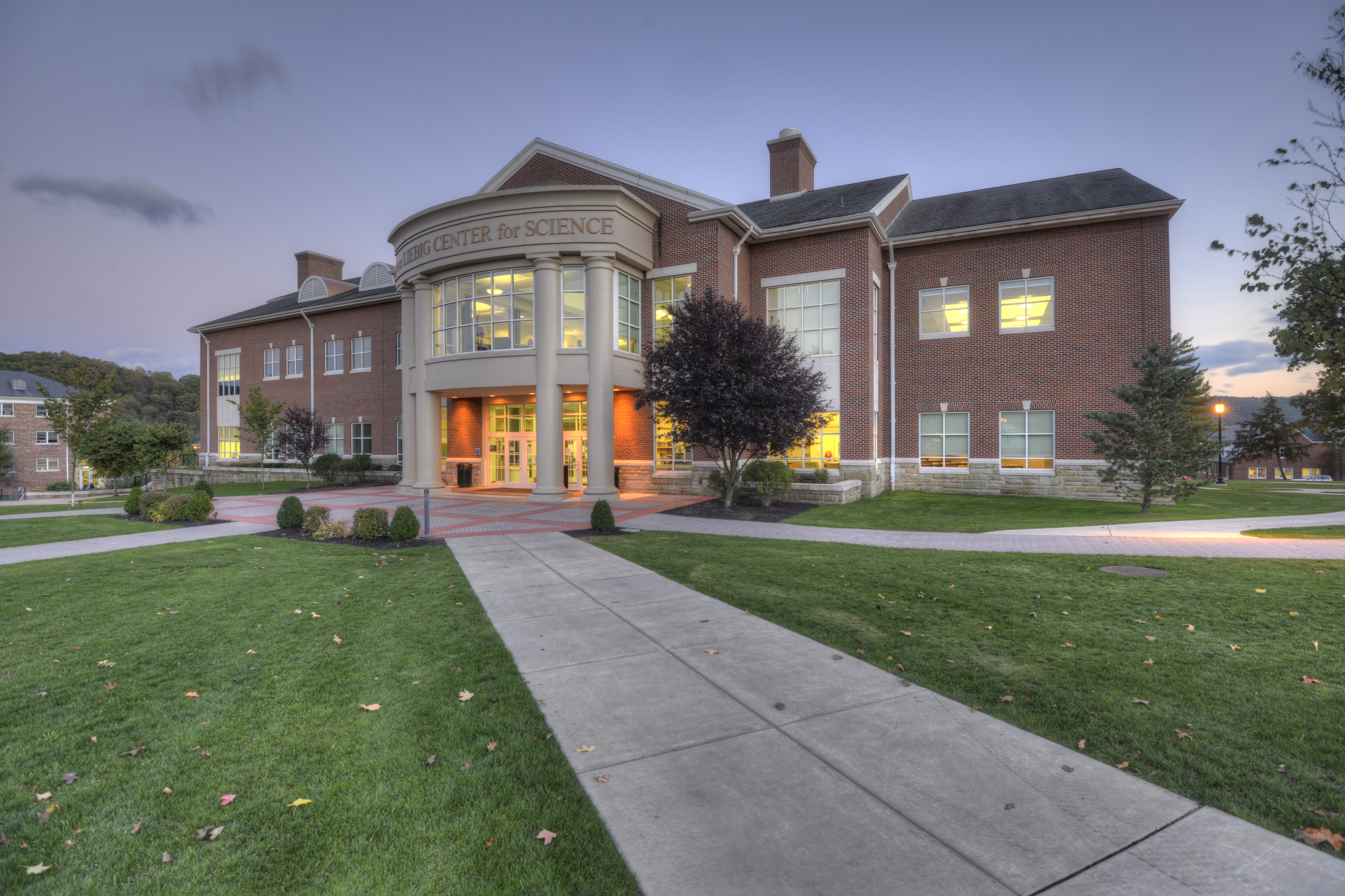Virtual Tour
Explore Juniata’s campus with our virtual tour. You will be guided through the places where students live and learn, including dorm rooms, classrooms, the dining hall, library, and more.

von Liebig Center for Science
- Scanning electron microscope
- Wide field fluorescence microscope
- Cell Culture core facility
- Fourier transform nuclear magnetic resonance spectrometer
- Three gas chromatograph-mass spectrometers
- Eight-Xeon processor Linux Cluster for Molecular Modeling
- Liquid-chromatograph-mass spectrometer
- LIBS
Brumbaugh Academic Center
Juniata has outstanding facilities for use in student-faculty collaborative research.
- Multichannel gas exchange system for metabolic measurements
- Vertebrate Museum
- Greenhouse

Raystown Field Station
- 365-acre reserve providing students with access to 29,000 acres of aquatic and terrestrial ecosystems including the 8,300-acre Raystown Lake, the largest lake in Pennsylvania
- Classroom, laboratory and dining hall space is located in Shuster Hall that features LEED certified green architecture
- State of the art teaching technology, including wireless internet
- Other features include a series of ground water monitoring wells, terrestrial sampling grids, a private harbor, boat dock and a small fleet of boats, including a Boston Whaler, a 26' pontoon float boat and a 36' houseboat designed for aquatic laboratory work.
- Houses course activities for several academic departments, sponsors numerous faculty and student research projects and internships, and provides community environmental education opportunities

L.A. Beeghly Library
- Technological classroom, including wireless internet and a Smart Board
- Collaborative and individual research / study space, including wireless access and laptops available for use throughout the library
- 171,600 volumes in library collections and 15,090 journals, including electronic, print and microfilm
- 132 electronic research databases available within the library and remotely via Virtual Private Network connections
- Open 100 hours per week with extensive student use and reference librarians available over 67 of those hours

Good Hall
- Biopac instrumentation for psychophysiological recording
- SuperLab software for stimulus presentation
- E-Prime software for stimulus presentation
- CaveUT virtual VCAVEMultiple isolation cubicles

